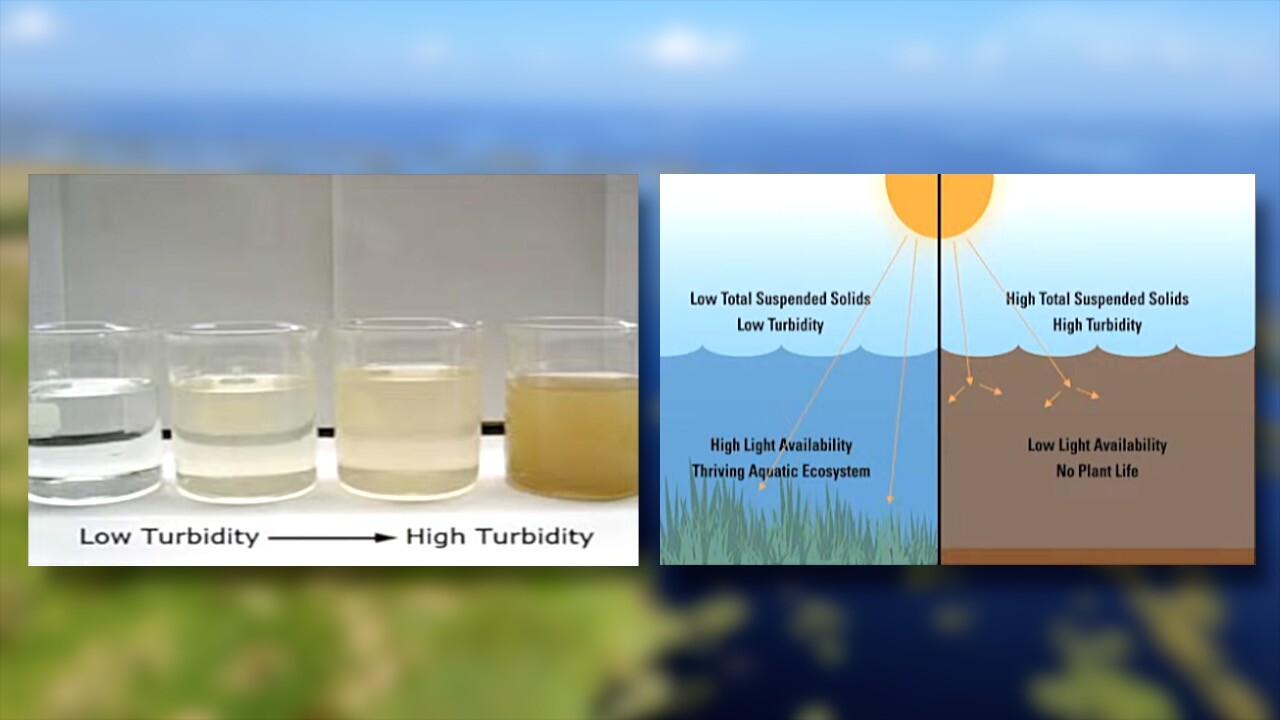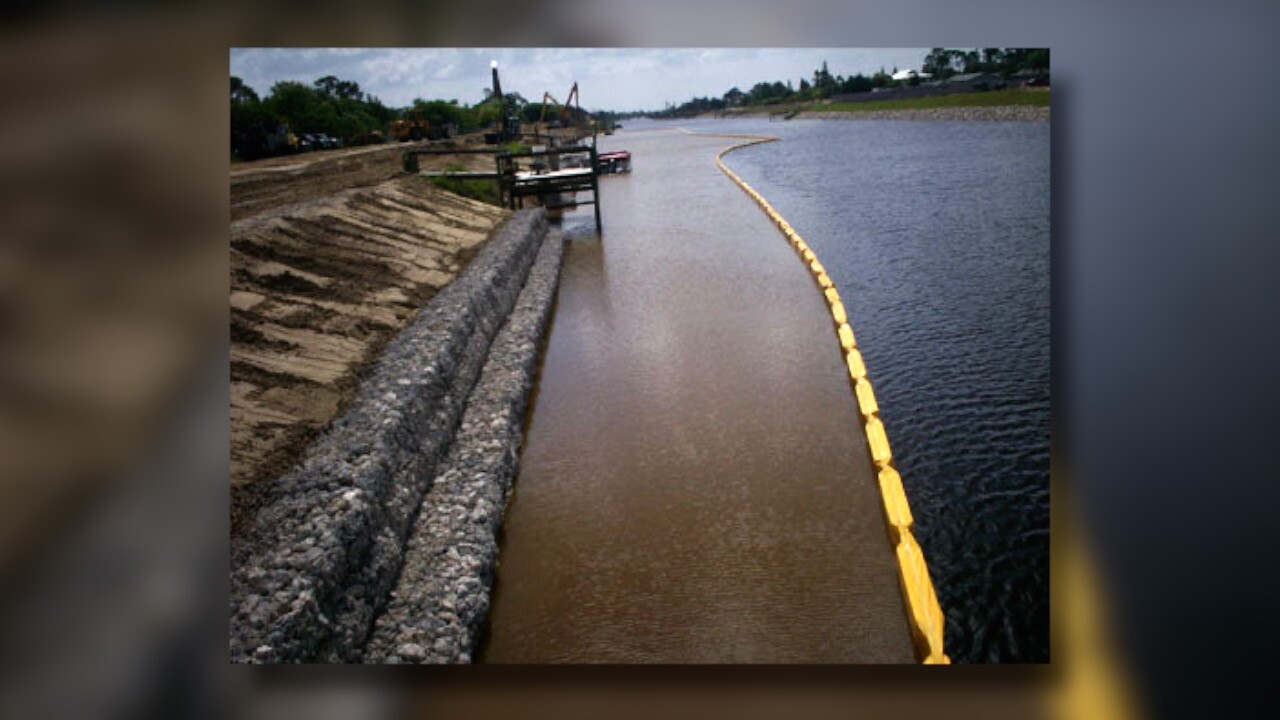LAKEPORT, Fla. — Lake Okeechobee’s seagrass is struggling, and people are concerned the ecosystem there is at risk.
As FOX 4’s Hendry County Community Correspondent, I’ve done a number of stories about the health of this lake. So, when I heard about a project aimed at reviving this underwater life, I had to learn more.
Watch my report here...
Florida’s “Big O” spans 430,000 acres and should have 30,000 acres of submerged aquatic vegetation (SAV). But, the South Florida Water Management District shared a chart with me that showed 2024’s vegetation level is just a sliver of what it was 20 years ago.
“Today, we’re down to less than 500 acres of submerged aquatic vegetation. So, we have seen a drastic loss,” said Ben Butler, a governing board member of the South Florida Water Management District.

Butler said high water levels and turbidity - cloudy water from sediment - block sunlight, killing the vegetation that’s crucial for the lake’s ecosystem, animal habitats, and water quality.
“You got those plants that are taking up nutrients - they’re pulling nutrients out of the water. So, their cleansing ability is another one of those big important factors of submerged aquatic vegetation,” Butler explained.

So, Butler said his team is looking at a year-long project that will place turbidity curtains at a few spots on the west side of the lake.
“Additional sediment will not come inside those curtains, and as that SAV begins to grow, it will use up some of the nutrients that cause turbidity, but also, the sediment will fall to the floor so light can penetrate even further,” said Butler.

Butler said if the water clears and the vegetation returns, they’ll expand the curtains to more areas.
“I’m hopeful that there is opportunity to help in some immediate growth for SAV, but it’s a process we’ll just have to vet out. Right now, lets run the science experiment and see how it goes - I’m very hopeful,” said Butler.




